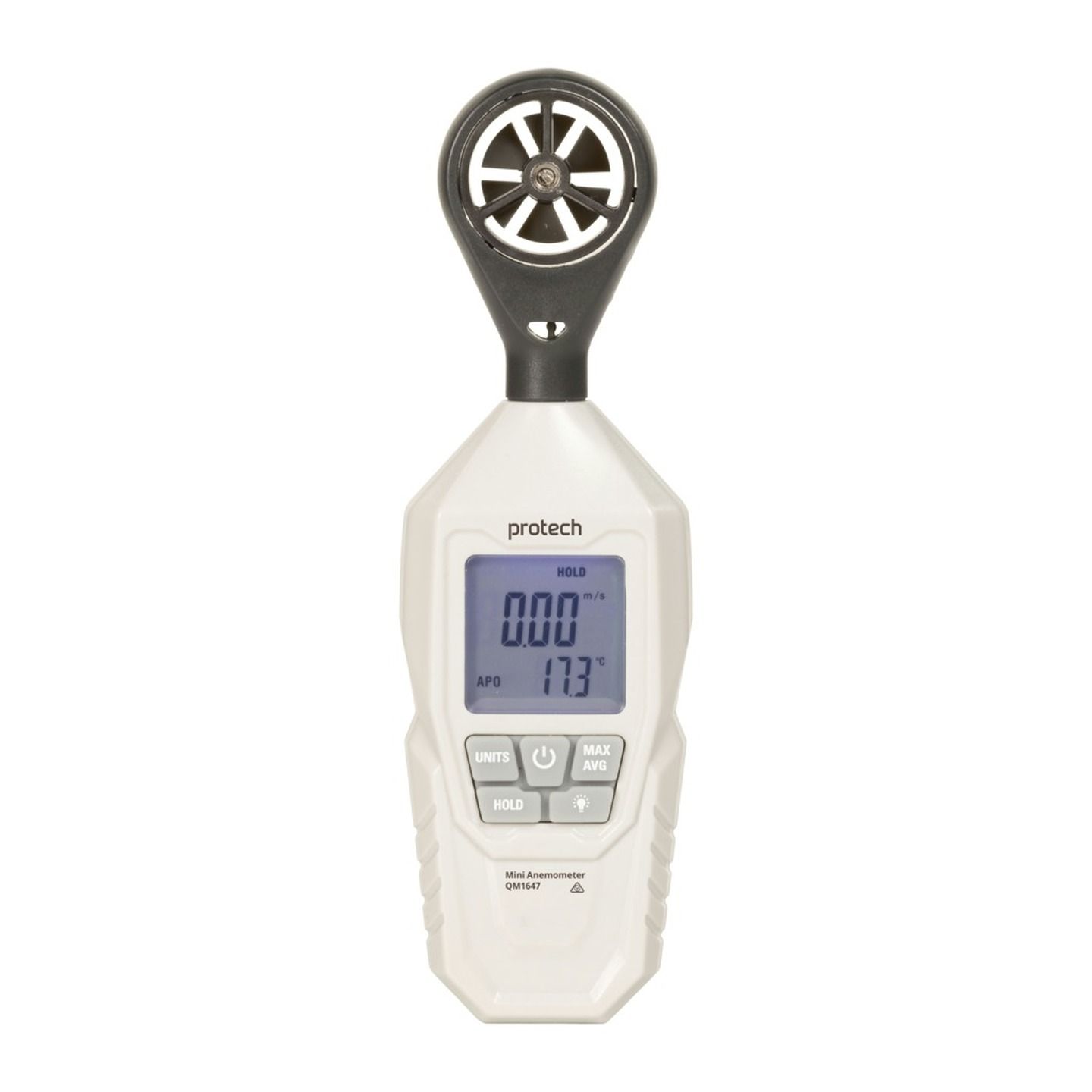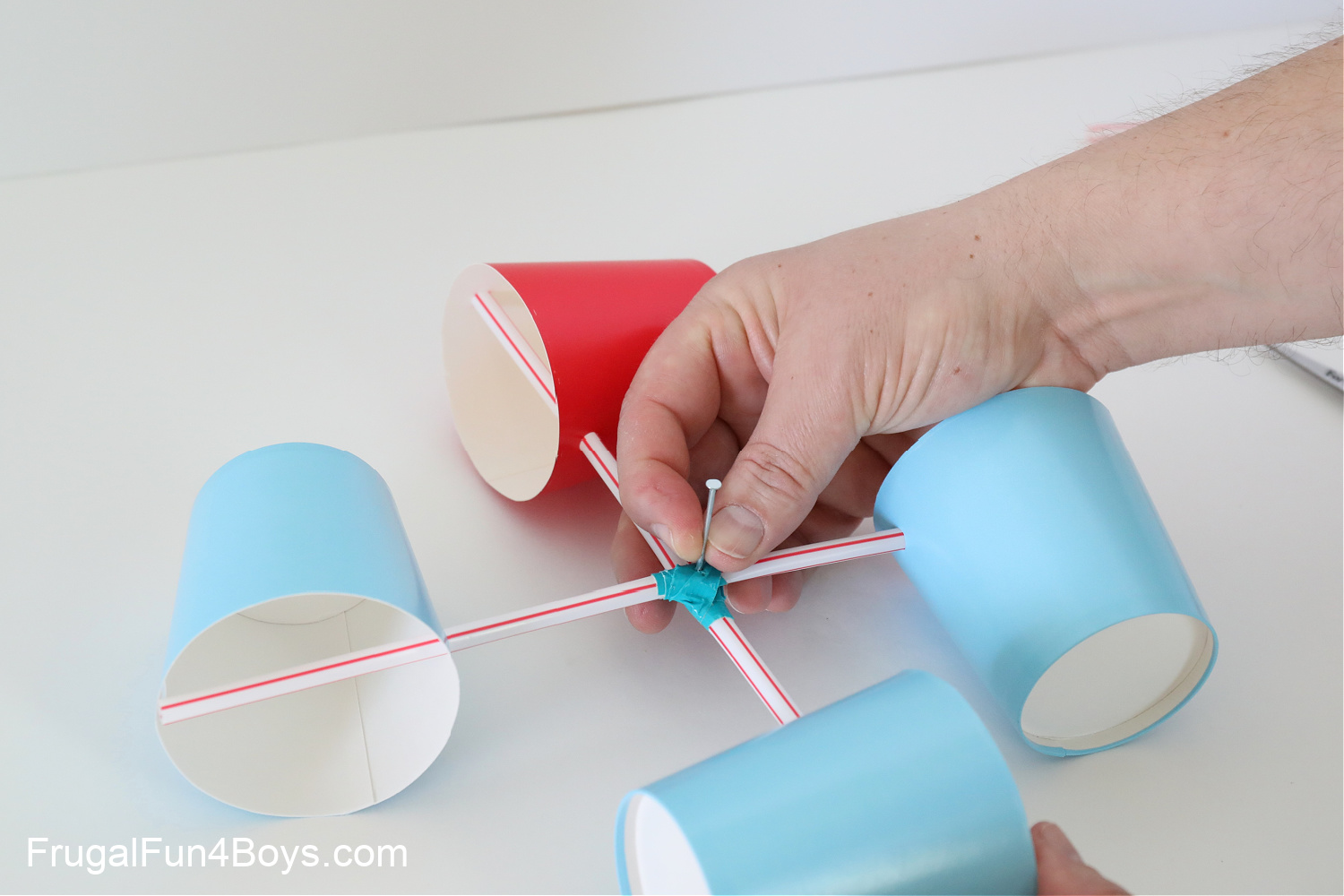Professional Tips for Calibrating Your Anemometer for Optimum Efficiency
Professional Tips for Calibrating Your Anemometer for Optimum Efficiency
Blog Article
Anemometers Introduced: Understanding Their Value in Environmental Surveillance and Safety And Security Actions
The duty of anemometers in ecological tracking and security procedures is frequently undervalued, yet their significance is indisputable. From meteorology to aeronautics security, anemometers play an essential function in giving exact information that educates decision-making processes and enhances total security.
Background of Anemometers
The development of anemometers can be mapped back to the ancient worlds where rudimentary wind determining tools were first made use of. These early wind dimension devices laid the structure for the advancement of extra innovative anemometers gradually. One of the earliest known anemometers was the hemispherical cup anemometer created by Leon Battista Alberti in the 15th century. This style contained 4 hemispherical mugs that gathered wind power, giving a dimension of its intensity based on the speed of turning.
Over the years, improvements in modern technology led to the advancement of more contemporary anemometers, including ultrasonic anemometers and laser Doppler anemometers, supplying enhanced accuracy and effectiveness in gauging wind rate and direction. The background of anemometers showcases a remarkable journey of development and progress in the field of meteorology.
Kinds Of Anemometers
Throughout the field of weather forecasting, numerous types of anemometers have actually been established to properly measure wind rate and direction. Sonic anemometers use ultrasonic signals to gauge wind rate and direction precisely. Hot-wire anemometers run based on the principle that the cooling effect of wind on a warmed cord is proportional to the wind rate.
Applications in Meteorology
Having discussed the different kinds of anemometers made use of in weather forecasting for determining wind speed and direction, it is necessary to discover their sensible applications in the field. Anemometers play a critical function in weather forecasting by providing real-time and exact data on wind conditions (anemometer). Meteorologists make use of anemometers to keep track of wind speed and instructions to forecast climate patterns, concern warnings for extreme weather occasions like tornados, cyclones, and hurricanes, and examine weather for air travel security
In weather forecasting, anemometers assist in recognizing regional and neighborhood wind patterns, which are crucial for anticipating climate adjustments and identifying weather trends. These devices are also used in study to study microclimates, city heat islands, and air pollution dispersion. Additionally, anemometers are used in agriculture to maximize crop monitoring techniques, such as irrigation and chemical application, based upon wind problems.
Significance in Aviation Safety
An essential facet of making certain air travel safety and security exists in the meticulous monitoring of wind conditions utilizing anemometers. Anemometers play a crucial role in aviation by offering real-time data on wind speed and direction, assisting pilots in making informed decisions throughout liftoff, touchdown, and trip. Solid and unforeseeable winds can substantially impact airplane operations, making it site web crucial for aeronautics authorities to rely upon precise wind dimensions to ensure the safety of guests and crew.

In the vibrant setting of aeronautics, where even minor modifications in wind speed and instructions can have extensive results, anemometers stand as important devices for promoting secure and secure flight.
Function in Environmental Research Study
Anemometers play an important function in ecological research by giving important information on wind speed and direction. By accurately determining wind qualities, anemometers help scientists examine the activity of pollutants in the air, assess the effect of industrial emissions, and anticipate the spread of impurities in the atmosphere.


Conclusion
To conclude, anemometers have played a crucial function in ecological surveillance and safety actions. With an abundant background and numerous types offered, these devices have actually been widely used in meteorology, air travel safety and security, and ecological study. Comprehending the relevance Get More Information of anemometers is essential for precisely measuring wind speed and direction, which is crucial for predicting weather patterns, guaranteeing safe air travel operations, and performing environmental researches - anemometer. Their payments to these areas can not be underestimated.
One of the earliest known anemometers was the hemispherical cup anemometer designed by Leon Battista Homepage Alberti in the 15th century. Over the years, advancements in technology led to the growth of more modern anemometers, consisting of ultrasonic anemometers and laser Doppler anemometers, offering boosted precision and effectiveness in gauging wind speed and instructions. Hot-wire anemometers run based on the concept that the cooling result of wind on a heated cable is proportional to the wind speed. Meteorologists utilize anemometers to keep track of wind rate and direction to forecast climate patterns, concern cautions for extreme climate occasions like storms, hurricanes, and typhoons, and analyze atmospheric problems for aviation safety.
Comprehending the significance of anemometers is vital for properly gauging wind speed and direction, which is crucial for forecasting climate patterns, making certain secure aeronautics operations, and performing ecological research studies. (anemometer)
Report this page